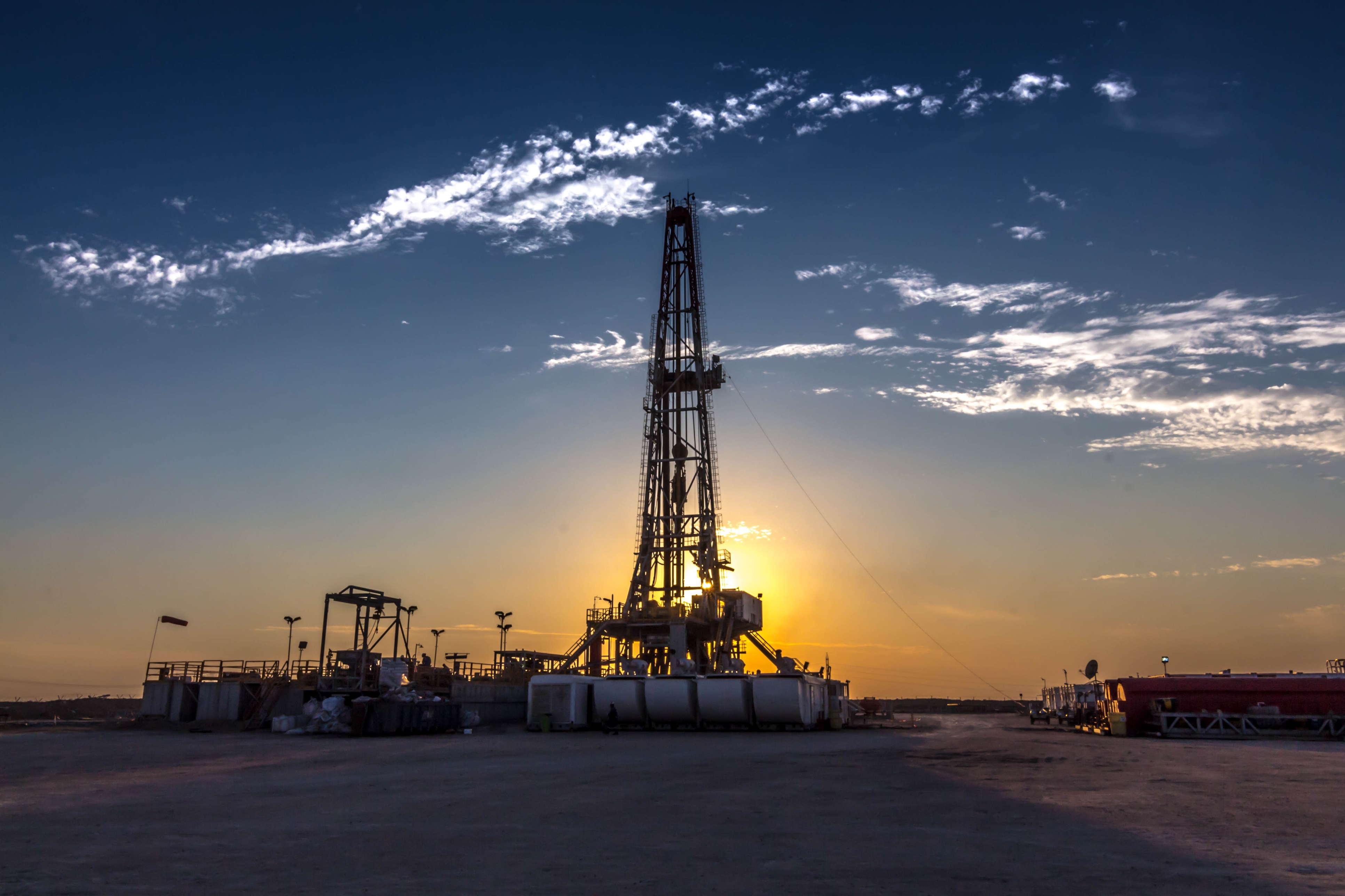Beaten-down upstream oil and gas producer Baytex Energy Corp. (TSX:BTE)(NYSE:BTE) has finally taken off, soaring by over 25% since the start of 2018 compared to the 15% gain made by West Texas Intermediate (WTI). There is every sign that the driller has further to gain over the course of the year, particularly if oil remains firm for a sustained period.
Now what?
Baytex entered the oil slump in late 2014 heavily indebted with an almost unmanageable debt burden on its balance sheet. The debt arose from its transformative acquisition of Aurora Oil & Gas Ltd. for $2.6 billion at the height of the shale oil boom. While that weighed on its price, and the deal attracted considerable criticism, especially as the prolonged slump in crude deepened, it has also been the driller’s saving grace.
By completing the Aurora purchase, Baytex acquired considerable acreage in what is considered to be the sweet spot of the Eagle Ford Shale. That acreage is the most productive and profitable of Baytex’s assets. It has low breakeven costs, which, for 2017, were estimated to be US$30 per barrel, and the sweet light crude that it produces trades at close to the spot price for WTI, unlike Baytex’s Canadian heavy oil crude production, which is sold at a steep discount.
Since the prolonged slump in oil prices began, Baytex has sensibly focused its limited capital expenditures on that acreage, driving higher production; at 37,000 barrels daily for the fourth quarter 2017, production was 12% higher compared to a year earlier. The total output from the Eagle Ford represents 29% of Baytex’s 2017 production.
Production is expected to keep growing, because Baytex has boosted its 2018 exploration and development spending by up to 15% to $375 million with 55% of that funding to be directed to developing its Eagle Ford assets. This, along with higher oil prices, will give Baytex’s 2018 earnings a healthy bump.
In fact, the driller projected that it is free cash flow positive when WTI is greater than US$55 per barrel, so with it now trading at close to US$70 a barrel, Baytex’s free cash flow will grow exponentially. This will give it significantly more capital that can be directed to exploration and development as well as paying down debt.
Because Baytex has made significant inroads into that debt and restructured much of it, creating a well-laddered repayment profile, there are no material payments due until 2021, giving the company plenty of time to benefit from higher oil.
What makes Baytex particularly attractive is that it has considerable oil reserves, totaling 165 million barrels at the end of 2017. These were valued to be worth $3.5 billion after tax and the application of a 10% discount rate in accordance with industry methodology, assuming a forecast price for WTI of US$55 a barrel in 2018 and US$65 for 2019. Those assumed prices are lower than the market price for WTI, which was US$66 at the time of writing. That means those reserves will increase in value should WTI remain at over US$65 per barrel for a sustained period.
Nonetheless, using the values currently available, Baytex’s oil reserves have a net present value (NPV) of $14.98 per share, which is almost five times Baytex’s market price and indicates just how much upside is available should higher oil remain in play for a sustained period.
So what?
Baytex is one of the best levered plays available for investors looking for exposure to higher crude. Its high degree of debt and growing production allow it to maximize that leverage, while its high-quality Eagle Ford acreage coupled with a well-laddered debt profile and large volume of oil reserves increase its attractiveness.
 Claim Membership Credit
Claim Membership Credit








